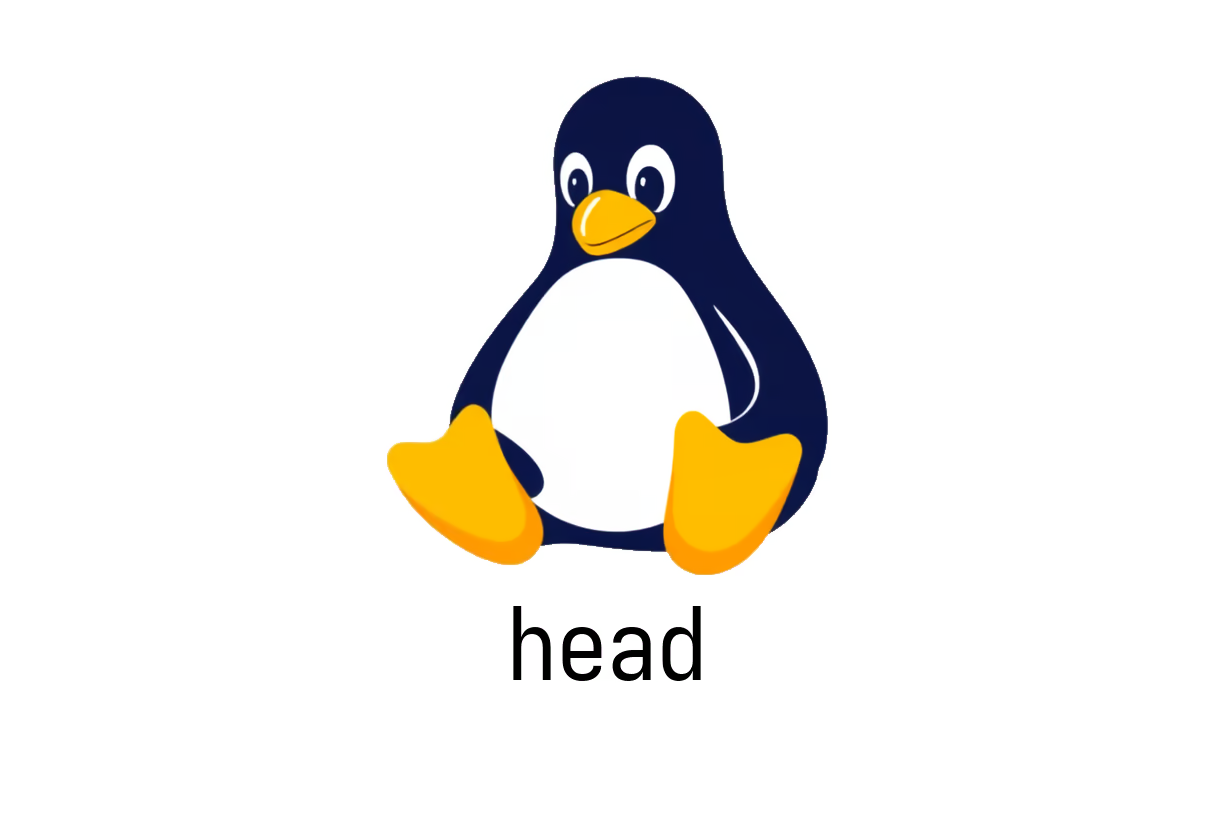
How to Master the head Command in Linux
Mastering the head Command in Linux
The head command is a fundamental utility in Linux that allows users to quickly view the beginning portion of files. This can be incredibly useful for checking the contents of large files without having to open the entire document. In this post, we’ll explore how to efficiently use the head command with various options.
Output the First Part of Files
The primary function of the head command is to display the first few lines or bytes of a file. By default, it shows the first 10 lines, but you can customize the output as needed.
Basic Usage
Output the First Few Lines of a File
To view the first few lines of a file, you can use the following command:
head [-n|--lines] count path/to/fileFor example, to display the first 5 lines of a file named example.txt, you would run:
head -n 5 example.txtOutput the First Few Bytes of a File
If you need to see the first few bytes of a file, the syntax is:
head [-c|--bytes] count path/to/fileFor instance, to display the first 10 bytes of a file, you can execute:
head -c 10 example.txtExcluding the Last Few Lines and Bytes
Sometimes, you might want to see everything except the last part of a file.
Output Everything But the Last Few Lines
To show all but the last few lines of a file, you can use:
head [-n|--lines] -count path/to/fileFor example, to display everything except the last 3 lines of example.txt, use:
head -n -3 example.txtOutput Everything But the Last Few Bytes
Similarly, to exclude the last few bytes, you can run:
head [-c|--bytes] -count path/to/fileFor instance, to see all but the last 10 bytes of example.txt, you would do:
head -c -10 example.txtConclusion
The head command is an essential tool for anyone using Linux, allowing for efficient navigation and display of large files. By mastering this command, you can quickly access relevant information without the need to open entire documents. For more detailed information about the head command and its options, be sure to check the GNU Coreutils manual.
Happy navigating!
See Also
- How to Use the awk Command in Linux for Text Processing
- How to Use the ln Command for Effective File Management in Linux
- How to Use BWA Command for Efficient DNA Alignment
- How to Master the grep Command in Linux?
- How to Use the rm Command in Linux Safely and Effectively
- How to Use the cut Command in Linux?